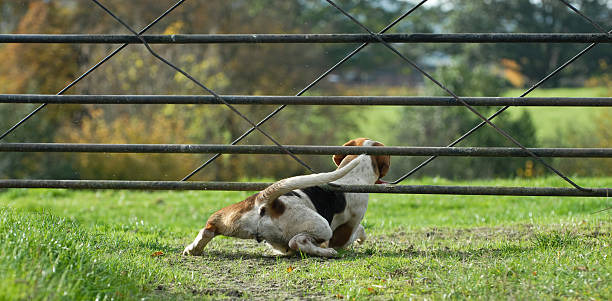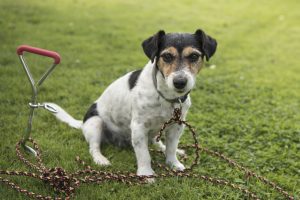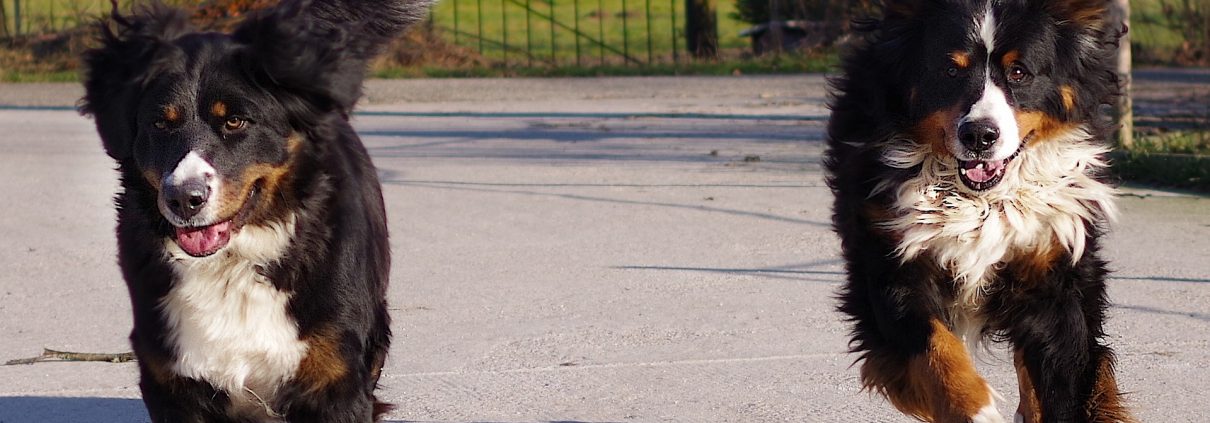Freedom Fence vs. DogFence: How Does a Freedom Fence Work? (2025 Guide)
Introduction
A freedom fence is an electronic containment system designed to keep dogs within a designated area without a physical barrier. It uses a transmitter connected to a buried boundary wire to create a radio-signal “no‑go zone”. When your dog, wearing a receiver collar, approaches this zone it first emits a warning beep followed by a static correction. With consistent training, most dogs learn to stay within the safe zone.
If you are researching freedom fences you may have also come across Invisible Fence® and generic dog fence systems. While all of these devices share a similar principle, there are important differences in technology, speed and safety. This guide explains how a freedom fence works and why DogFence’s digital FM systems offer a quicker reaction time and safer containment for your pet.
Disclaimer: “Freedom Fence” is a brand name used by one of our competitors. DogFence Ltd is an independent company and is not affiliated with, endorsed by or authorised by Freedom Fence Ltd or its parent company. The comparisons in this guide are provided for informational purposes only.
How does a freedom fence work?
-
Transmitter and boundary wire – A transmitter is installed at your property and connected to a boundary wire that carries a continuous radio signal around the containment area. The signal must start and finish at the transmitter to complete the loop.
-
Receiver collar – Your dog wears a receiver collar programmed to detect the signal. When the collar enters the signal zone it beeps, then delivers a mild static correction to discourage crossing the boundary.
-
Training flags – During training, temporary boundary flags help your dog visualise the invisible line and learn the safe zone.
Freedom fence vs. DogFence: key differences
Signal technology
-
Freedom Fence: Uses a digital AM radio signal. AM is prone to false activations from other household electronics, so the collar checks for two signals before activating, slowing reaction time.
-
DogFence (our solution): Uses a digital FM signal which is immune to interference. The collar only checks for one signal, so it reacts 15 times faster than a freedom fence.
Reaction time
-
Freedom Fence: A dog running at 10 mph could travel up to 7 feet into the no‑go zone before the correction activates. The collar’s shutdown can take 2–5 seconds.
-
DogFence (our solution): The DogFence collar reacts almost instantly – at 10 mph a dog will only enter the zone by 0.125 ft before activation, and the shut‑down time is less than one second.
Warranty & durability
-
Freedom Fence: Limited lifetime warranty that excludes lightning strikes, electrical surges and damage from dog chewing. Manufacturing moved to China around 10 years ago.
-
DogFence (our solution): Full lifetime warranty covering lightning strikes, surges, chewing and accidental damage. Each unit is individually tested at DogWatch HQ in Boston.
Support & training
-
Freedom Fence: Installation and training may vary by dealer; often limited to basic set‑up.
-
DogFence (our solution): Professional installation is performed by our internal team and includes tailored pet training so your dog adapts quickly and safely. This is all backed up by our containment guarantee where applicable.
Battery life & maintenance
-
Freedom Fence: Shorter battery life (3 months max); replacement costs add up.
-
DogFence (our solution): Longer battery life (6 months or 2 years depending on collar type) and optional service plans to minimise maintenance.
How do I train my dog to the invisible (freedom) fence?
We provide on‑site training for your pet and cannot emphasise enough how important the training flags are. The trainer places flags around the boundary to give your dog a clear visual marker. We start with the collar in warning‑beep only mode, walking your dog on a lead around the boundary, tapping each flag and using a command word. This teaches your dog that the flag is a boundary and the beep is a cue to turn back. Only when your dog understands the visual and auditory cues do we introduce the mild static correction. The combination of the flag and beep training, the trainer’s vocal guidance and the gentle impulse helps your dog learn the boundary reliably and humanely. Our professional installers and trainers will guide you through this process and provide post‑installation support.
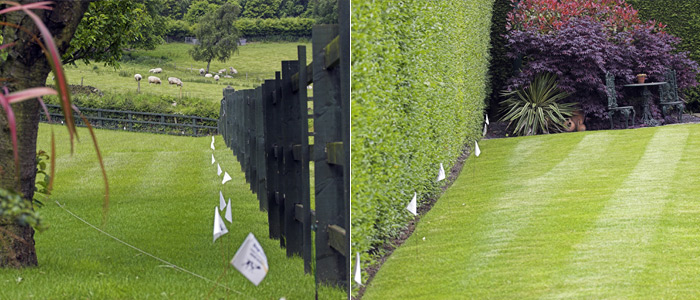
Training flags mark the hidden boundary – giving your dog a clear visual cue during freedom‑fence training.
Frequently asked questions (FAQs)
Is a freedom fence the same as an invisible fence?
“Freedom Fence” is often used generically for underground pet containment, but it’s also a specific product brand. “Invisible Fence®” is a separate brand that invented the technology more than 50 years ago. Both use buried wires and radio signals, but DogFence’s digital FM technology provides quicker, safer corrections than older AM systems.
Is it safe for my dog?
When used correctly, electronic pet fences are safe and humane. The static correction is mild and designed to surprise rather than punish. The key to success is consistent training. DogFence’s professional trainers help your dog learn boundaries quickly and avoid confusion, and the FM signal ensures there are no false activations.
What happens if my dog ignores the signal?
If your dog is highly driven (for example, chasing a squirrel), the reaction time of the collar matters. In freedom fence systems, the delay allows dogs to travel further into the no‑go zone. DogFence’s fast reaction time (15× quicker) corrects the dog before momentum carries them across the boundary, improving containment.
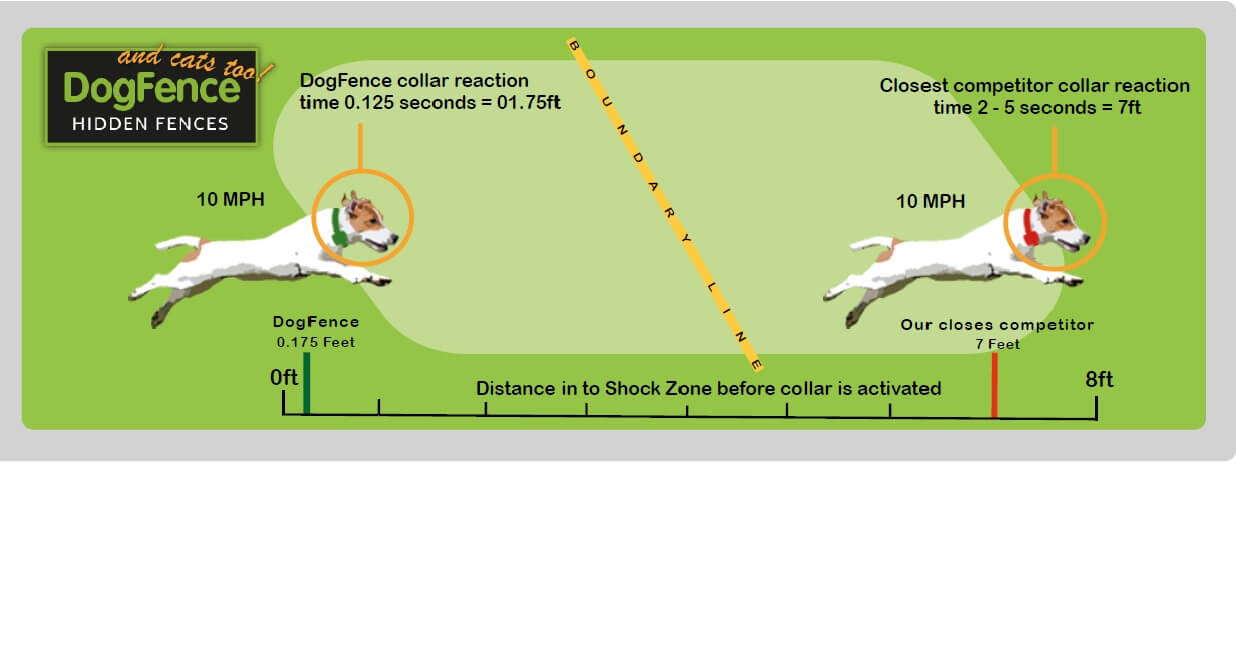 Response Hang‑On Time: Why Shutdown Speed Matters
Response Hang‑On Time: Why Shutdown Speed Matters
Many people focus on how quickly a collar activates, but the shutdown time is just as important. With DogFence, the collar reacts almost instantly in both directions: when your dog crosses the boundary it triggers in about 0.125 s, and when your dog retreats back into the safe zone it switches off just as quickly. In contrast, Freedom Fence collars can take 2–5 seconds to shut down (a delay known as response hang‑on time). That means even if your dog does the right thing and stops or turns around, the collar may continue to beep and deliver a correction for several seconds. Our FM technology avoids this unfair “extra” correction, giving your pet clear feedback and a true safe zone.
Quality & Warranty: Built to Last, Covered When It Counts
Manufacturing and warranty policies are often overlooked, yet they reveal a lot about the quality of a system. Freedom Fence systems were originally made in the USA but production moved to China about a decade ago, and their limited lifetime warranty excludes many common issues. For example, lightning strikes or power surges aren’t covered, nor are dog chews or accidental damage, and the equipment itself is only covered for around three years.
By contrast, every DogFence unit is hand‑tested at DogWatch HQ in Boston and assigned a unique identification number. Our lifetime warranty includes what most pet owners worry about:
-
Lightning strikes & surges: the transmitter is fully covered even if a surge box is fitted.
-
Dog chews: if your pet chews the receiver collar, we’ll repair or replace it.
-
Accidental damage: dogs will be dogs; we expect wear and tear and stand behind our products.
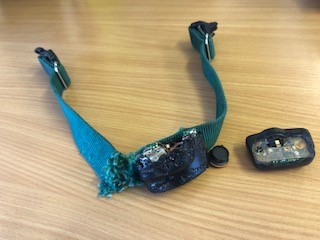
Chewed collar covered by DogFence’s warranty – competitors’ limited warranties don’t cover damage caused by dog chews.
This level of coverage—paired with individual quality testing—means DogFence systems are designed to withstand real‑world use and give you peace of mind for the life of your fence.
What about cats or multiple pets?
DogFence systems can be customised for cats and multi‑pet households. Each collar is individually programmed for your pet’s size, temperament and training level, and our FM signal eliminates crosstalk between collars.
Receiver Collar Size & Weight: DogFence vs. Freedom Fence
For owners of small dogs or cats, the size and weight of the receiver collar matter a lot. Our DogFence mini receiver is one of the smallest on the market and weighs just 30 g, battery included. Even our standard collar comes in at 48 g, whereas the comparable Freedom Fence collar weighs around 54 g. That difference might not sound like much, but when it’s hanging around a tiny pet’s neck all day, every gram counts. If you’re choosing between a DogFence or a Freedom Fence system, size and comfort are areas where we really stand out.
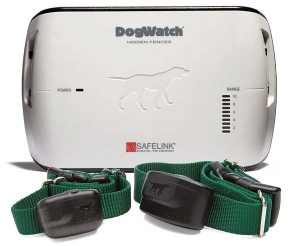
DogFence SafeLink transmitter and receiver collars – the mini collar weighs just 30 g and the standard 48 g, compared with around 54 g for a Freedom Fence collar
Boundary Wire: Heavy‑Duty Protection vs. Freedom Fence’s Wire
The boundary wire is the lifeline of any hidden fence—it carries the signal that keeps your dog safe. Freedom Fence kits typically include a 1.5 mm wire, which is adequate but thinner than our heavy‑grade options. DogFence systems offer 2.5 mm and 4 mm gauge wires; the thicker the wire, the less prone it is to damage once it’s buried. A heavier grade wire resists corrosion and accidental breaks far better, meaning fewer disruptions and less maintenance over the life of your freedom‑fence‑style system.
Why choose DogFence?
With over two decades of experience, DogFence provides modern, reliable hidden fence systems that keep your pets safe while giving them the freedom to enjoy your garden. Our FM technology reacts quickly, avoids false activations and comes with a lifetime warranty that covers lightning, surges and chewing. We offer professional installation and training, ensuring your pet learns the boundaries confidently.
Ready to protect your dog with the latest hidden fence technology? Get a free quote from DogFence and discover how our system can give your pet the freedom they deserve – safely.
Professional Installation: DogFence vs. Freedom Fence
Both DogFence and Freedom Fence offer professional installation, but the level of service is very different. DogFence’s installers are full‑time employees—they’re fully trained, IACP‑approved and work from vans equipped with cable‑burial trenchers and wire‑detection systems. We also have a dedicated cat‑fence team because training felines requires a different approach.
By comparison, Freedom Fence relies on subcontracted installers. They’re trained on the product, but many work part‑time and only some have trenching equipment. The result is a less consistent installation experience. When you choose DogFence, you get a specialist team with the right tools and expertise for your property and your pet.
SmartFence: Real‑Time Monitoring Sets DogFence Apart from a Freedom Fence
DogFence has continued to innovate beyond basic “freedom fence” technology. In 2018 we launched the UK’s first hidden pet‑containment system with two‑way communication. Our SmartFence uses an app to feed real‑time information back to a base station so you can monitor your dog’s movements and check the system status wherever you are. This level of insight isn’t available with standard Freedom Fence systems and underscores how DogFence keeps pushing the boundaries of pet safety technology.
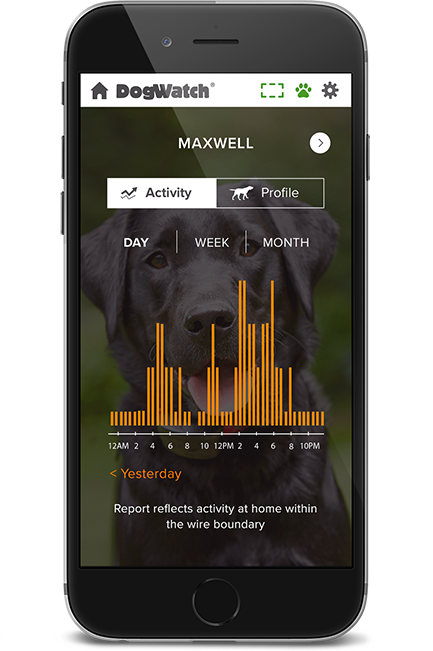
SmartFence app displaying a dog’s activity – DogFence’s two‑way communication system lets you monitor movements and fence status in real time
Conclusion
For more than two decades, DogFence has been helping UK pet owners keep their dogs and cats safely contained. Our digital FM technology reacts faster and shuts down quicker than older AM systems, our boundary wires are tougher, and our lifetime warranty even covers dog chews and accidental damage. With professional installation, tailored training and innovative SmartFence app monitoring, DogFence offers the safest and most reliable solution on the market.
Ready to see how a modern hidden fence can work for your property?
Call us on 01628 476475 or WhatsApp us on 07917 034256 for a free, no‑obligation quote, or fill in our quote form. We look forward to giving your pets the freedom they deserve – safely.
Related posts:

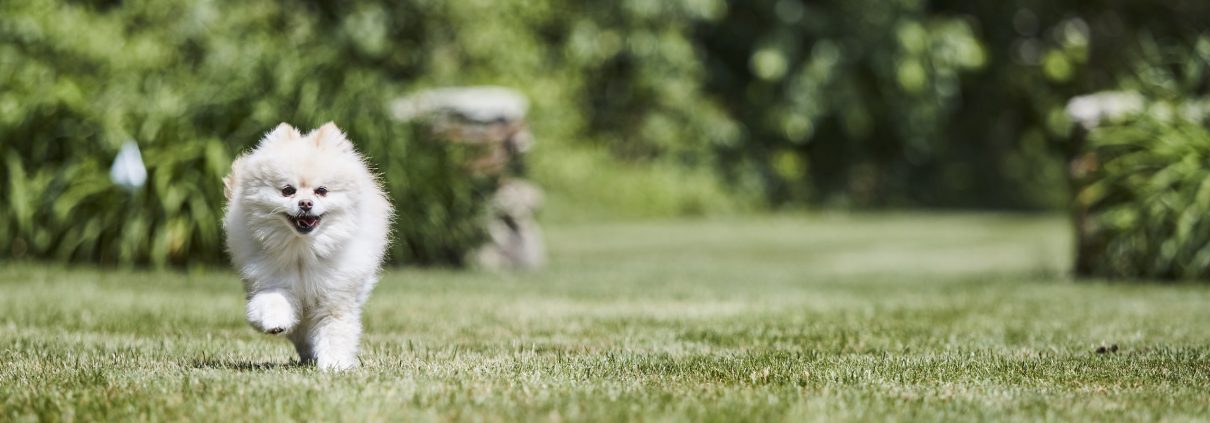


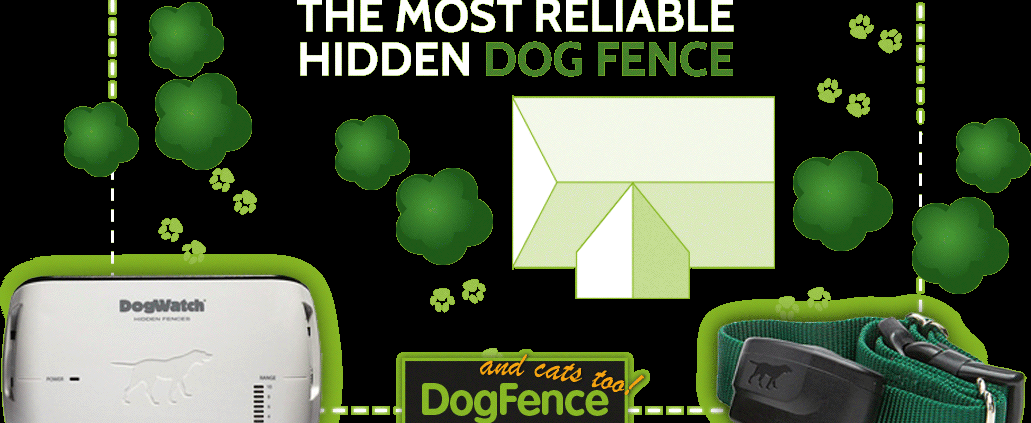

 Response Hang‑On Time: Why Shutdown Speed Matters
Response Hang‑On Time: Why Shutdown Speed Matters


